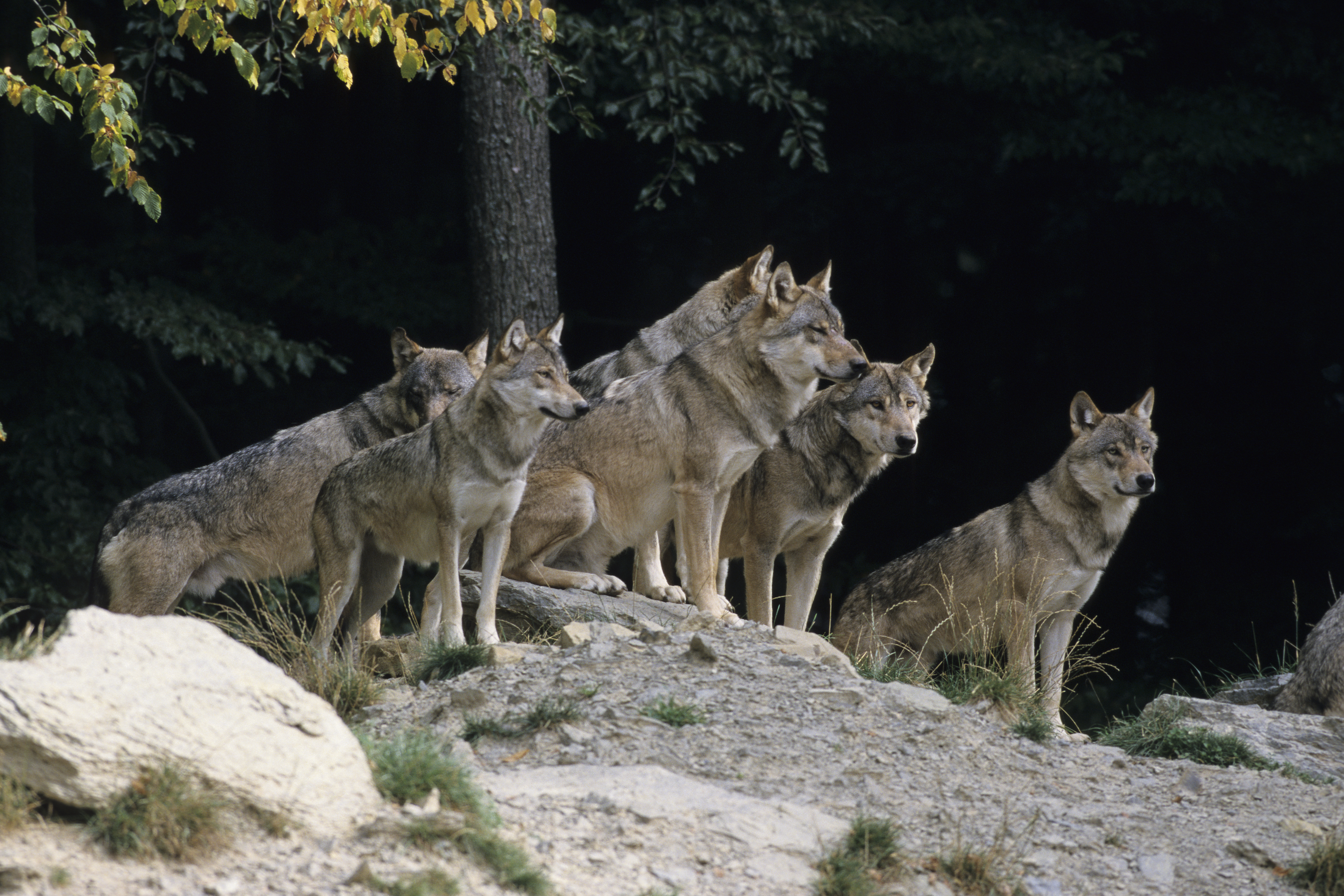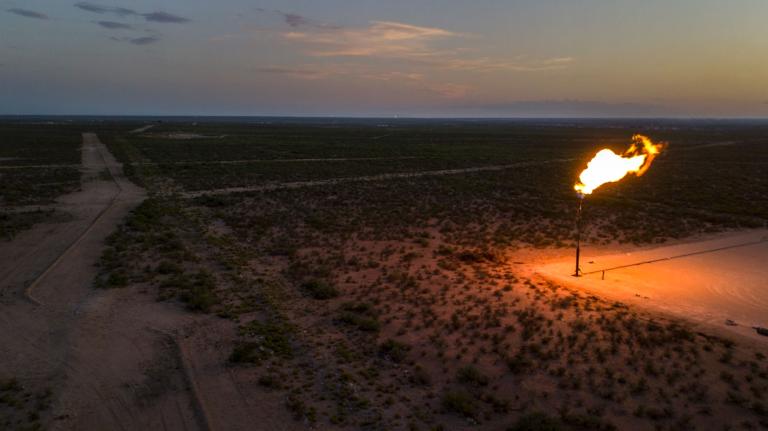For many Indigenous tribes across the United States, the wolf is a central part of their creation stories. In the Great Lakes region, tribes such as the Potowatomi, Chippewa, and Ottawa, believe that the gray wolf created the land on which we all live.
“Our creator cast upon the wolf to wander around. As it ran around, land formed underneath of it, and formed the foundation we live on, the foundation of the very land that we preciously hold in high regard, protect, and worship,” said Kevin Allis, a member of the Forest County Potowatomi tribe, which is based in Crandon, Wisconsin.
“Wolves appear in just about every tribe’s creation story,” he told Grist. “In many, the wolves and human beings walked alongside each other in the beginning of the time. The wolf was a brother to us.”
In February, 218 wolves were killed in Wisconsin in just four days — despite the fact the kill limit for the hunting season was set at 119. Many Indigenous nations were aggrieved.
In response, six tribes have filed a lawsuit in federal court claiming their treaty rights were violated. The treaty rule generally entitles Native tribes to half of the resources on the land they ceded, but the tribes argue that didn’t happen because of the overkill in February. For the tribes, the number is important not because they would have hunted the animals but because they would have conserved them. Gussie Lord, an Earthjustice attorney representing the tribes, told Grist, “Their decision not to hunt for purposes of conservation is both protected by the Treaty and an exercise of tribal sovereignty.”
In the lawsuit, the tribes are asking the federal court to cancel the fall season and to obtain an accurate count of the wolf population before authorizing another hunt. Otherwise, the violation continues, Lord told Grist.
The proposed fall hunt kill limit was based on an estimate of 1,000 wolves in the state. But since the spring hunt took place, experts estimate there are actually closer to between 695 and 751 wolves left, due to the hunt and illegal poaching.
A second, separate lawsuit filed by environmental groups was successful in getting a temporary injunction in late October, halting Wisconsin’s wolf hunt season just weeks before it was supposed to start on November 6th.

When then-President Donald Trump took gray wolves off the Endangered Species list in October 2020 and left it up to states to decide how to manage wolves, he unleashed a spectrum of reactions. In May, Idaho removed its 15 per year limit and replaced it with an unlimited cap. Montana, in August, expanded its kill limit to 450 wolves per year and brought back a bounty system where hunters can be paid for killing wolves.
On the other end of the spectrum, Colorado narrowly voted to reintroduce wolves, becoming the first state to mandate reintroduction independently of the federal government.
In the early days of the Biden administration, it seemed likely the president would reverse Trump’s decision. But in August the Biden administration delivered a major blow to Indigenous nations, saying it would uphold Trump’s decision to take the gray wolf off the endangered species list.
Indigenous and environmental groups across the United States are pushing back. Two petitions to federal officials were filed in the spring by environmental groups arguing that the new laws could result in very low population numbers, and possibly even extinction in Idaho, Montana, and Wyoming. Native tribes filed an emergency petition in May to reinstate the gray wolf on the endangered list and again asked Secretary of the Interior Deb Haaland to take action in September. In October, they traveled to Washington, D.C. to ask for help from the Department of the Interior in person.
Wolves have been a contentious issue for decades. In the 1930s wolves were almost completely decimated in the U.S. by government sponsored kill campaigns. In the late 1960s, beliefs changed with more understanding of how ecosystems worked. As a result, wolves were added to the endangered species list in 1974. Later, in 1995, 31 wolves were reintroduced into Yellowstone National Park – a move that is now heralded as a success, as the wolves restored health to the park’s ecosystem, bringing back aspen trees and vegetation, and increasing beaver populations. But since the 1990s, when wolf populations began to rebound, wolves have faced increasingly contrary decisions, with one state taking them off the endangered species list while another reinstates them.
Eric Koens, a cattle farmer in Bruce, Wisconsin, has been involved in the wolf debate for years, serving on various committees for the state Department of Natural Resources (DNR) and representing the Wisconsin Cattlemen Association. He says the issue is simple: Wolves need to be managed. The decision to stall this year’s hunt doesn’t sit well with him.
“The bigger the population, the more problems that we’re having on the farm,” Koens told Grist. “It isn’t only the killing and injuring of animals, they put tremendous stress on our herds,” he said.
Wisconsin could still hold a fall hunt season, a judge said, if the DNR moves quickly on updating regulations.
Sarah Hoye, communications director of the Wisconsin DNR told Grist that zero licenses have been issued and “the DNR will continue working towards promulgation of rules and the completion of a wolf management plan to guide management decisions.”
At the federal level, the U.S. Fish and Wildlife has changed its position and have stated they will take a year to review whether or not to put gray wolves back on the Endangered Species Act list.
Allis, member of the Potawatomi tribe and founder of Thunderbird Strategic LLC, an Indigenous advocacy organization, has coordinated work on behalf of tribes with the government for years. He says that not all tribes are championing to relist the gray wolf “but all tribes are 100 percent on board with wanting to be consulted.” He said, “Tribes don’t want to see the wolf killed to extinction.”
“At the main core of this is they want to be consulted and have a say on how the federal government co-manages and co-exists with wolves, larger carnivores –all that stuff that is significant,” he said.
“That can only be done when people are at the same table,” he said, “figuring out a plan that works and honors the first contractual agreements this country had with any sovereign nation.”



